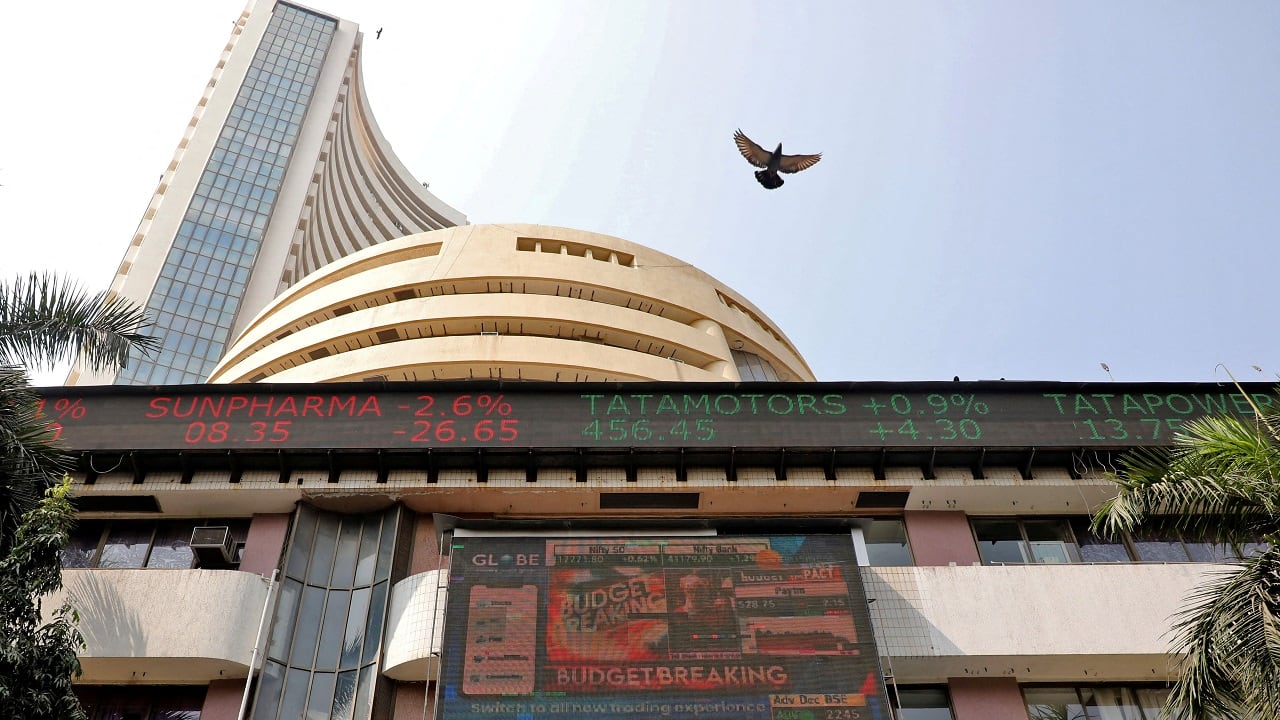 |
|
The Indian stock market, Dalal Street, navigated a week of upward movement, although not without challenges. Factors like a strengthening US dollar, high valuations, consistent foreign institutional investor (FII) outflows, a weakening Indian rupee, and rising oil prices dampened some gains. However, buying activity in sectors like auto, FMCG, pharma, and oil & gas, coupled with domestic institutional investor (DII) inflows, provided support. The coming week promises continued positive sentiment, albeit with anticipated volatility, as several key economic indicators and the Q3 earnings season unfold. The beginning of the earnings season will also lead to increased stock-specific activity, requiring investors to carefully analyze individual company performance.
The upcoming week will see a flurry of crucial data releases and events significantly influencing market sentiment. The Q3FY24 earnings season kicks off with major players like Tata Consultancy Services (TCS) and Avenue Supermarts, setting the tone for the rest of the reporting period. Market participants will pay close attention to sequential numbers, given the subdued performance in the September 2024 quarter. Beyond the major players, several other companies will release their earnings, further contributing to stock-specific volatility. Investors will also analyze the December FOMC meeting minutes, which revealed a 25 bps interest rate cut but signaled caution about future rate cuts. This, along with other US economic data points such as the unemployment rate, non-farm payrolls, and various other indicators of economic health, will paint a broader picture of the US economic outlook and influence global market sentiment.
The global economic landscape will also play a significant role next week. Services PMI numbers from various developed and developing nations, along with inflation and PPI data from China, unemployment and PPI data from the Eurozone, and household spending data from Japan will all be closely monitored by investors for clues about global economic strength and direction. Oil prices, after a period of consolidation, experienced a recent surge driven by expectations of Chinese stimulus and further US interest rate cuts. This increase in oil prices poses a risk to Indian markets, given the country's net oil importer status. Domestically, investors will examine the final HSBC Services PMI numbers for December, preliminary estimates for full-year growth, and industrial and manufacturing production numbers for November. The movement of foreign exchange reserves will also provide insights into the stability of the Indian rupee.
The behavior of FIIs and DIIs will continue to be a pivotal driver of market trends. FIIs were net sellers for the week ended January 3, driven by the strengthening US dollar and attractive US bond yields. While DIIs provided counterbalance with net buying, the overall FII activity bears watching. The Indian rupee's weakness against the US dollar, extending its decline for nine consecutive weeks, adds another layer of complexity. The volatility of the rupee against the dollar, compounded by events in the global market, remains a significant risk factor that investors and analysts carefully assess and predict in their outlook for the coming week. Primary market activity will also be noteworthy, with several new public issues scheduled for launch and listing next week. The IPO market will see a surge of activity, with both mainboard and SME segments witnessing various companies launching their initial public offerings.
Technically, the Nifty 50 index shows a consolidative trend with positive bias. A decisive break above 24,200-24,250 could signal a rally towards 24,800-25,000, whereas failure to break this level might result in range-bound trading. Derivative data suggests a predicted range of 23,700-24,500 for the Nifty 50 next week. The India VIX, a measure of market volatility, closed below 14, indicating relatively low volatility and support for bullish sentiment. Investors need to consider a multitude of factors, including corporate actions, global and domestic economic news, the strength of the US dollar, and the direction of FII and DII investments, while considering various technical indicators before making any investment decisions. It's crucial for investors to approach the week with a balanced perspective, taking into account both the positive and negative factors that will shape the market's trajectory.
In conclusion, the upcoming week on Dalal Street promises to be a significant one, marked by various influential factors. The Q3 earnings season, global economic data, US policy decisions, and domestic macroeconomic indicators will significantly influence market direction. The interplay between FII and DII flows and the movement of the Indian rupee will also play a vital role in shaping investor sentiment. The confluence of these numerous, simultaneous events, along with technical analyses, necessitates a careful and well-informed investment strategy. Investors would be wise to diligently follow the released data, interpret both domestic and international market movements, and carefully consider expert opinions before making any major investment decisions.
